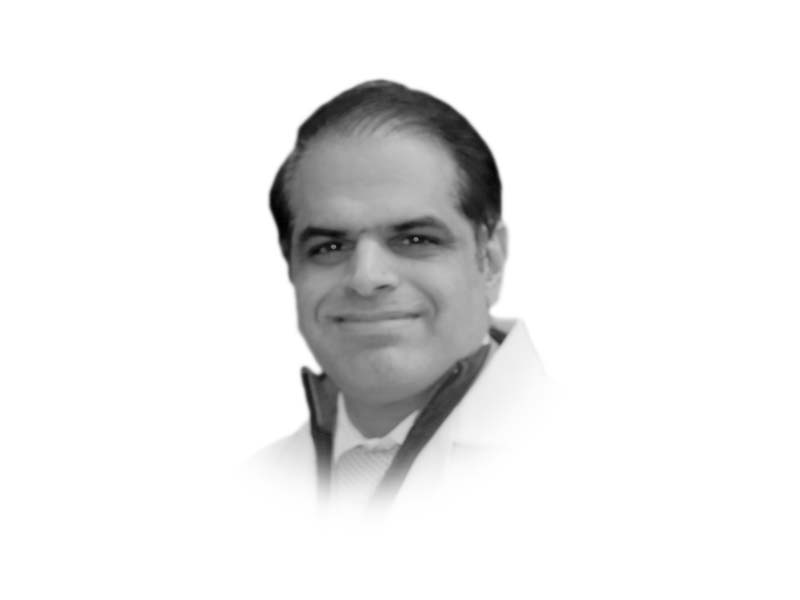
Even though we have one of the highest rates of CHD in the world, there are only four hospitals in Pakistan that are able to perform surgeries on these young patients. As Pakistan’s economy continues to grow, so does inequality in the most fundamental aspects of our lives, as quality healthcare remains inaccessible to most. Health priorities in Pakistan, by global and local stakeholders, have remained focused on controlling infectious diseases: diarrhoeal illness, rheumatic fever, measles, retroviral infection, tuberculosis, malaria and polio. New and reemerging infectious diseases continue to pose a rising global health threat. Although it is critical to target these infectious diseases in a lower-middle income country like Pakistan, improving local health services and controlling infectious diseases are mere band-aids compared to improving education, empowering women and reducing birth rates.
Most patients are not diagnosed until they are older, making CHD more complicated to treat. The average cost of treatment for CHD in Pakistan can range from Rs350,000 to more than Rs500,000, consequently only a minority are able to access these services, and even middle income groups are unable to afford treatment. Along with the high cost of treatment, our hospitals do not have the skills required to diagnose and treat patients with CHD. Besides having the ability to perform technically difficult operations, we need to heed the call for the needs of children with heart disease to be included in efforts to strengthen health systems within Pakistan. Specifically, priorities must be made to build a paediatric cardiac workforce, coordinate amongst hospitals to refer patients to the appropriate facilities when surgery and treatment in needed, collect data on CHD in national health surveys and cause of child death statistics, as well as finance health coverage in a way that protects families from impoverishment when they seek care.
Pakistan needs to commit to changing this. But to do so will take more than just innovative thinking. We need a dedicated strategy devoted to achieving sustainable improvements in access to essential care. To begin with, Pakistan needs to increase its health expenditure and the government needs to formulate a better strategy on healthcare; however, private hospitals and stakeholders must also take action. Since the turn of the millennium, child deaths have been cut in half thanks to improved public health and poverty reduction efforts. It is predicted that the number will halve again by 2030. That is the year that the UN Sustainable Development Goals call for the world to end preventable child deaths. This target will not be met without addressing congenital heart disease.
Until then, a large underserved population of children with congenital heart disease is growing in Pakistan. It is time to re-examine how we deliver care to these vulnerable children. Policymakers should want to send your kid for heart surgery, should she or he require it, where they would prefer sending their own child: to a centre of excellence.
Published in The Express Tribune, January 27th, 2017.
Like Opinion & Editorial on Facebook, follow @ETOpEd on Twitter to receive all updates on all our daily pieces.









































COMMENTS (1)
Comments are moderated and generally will be posted if they are on-topic and not abusive.
For more information, please see our Comments FAQ